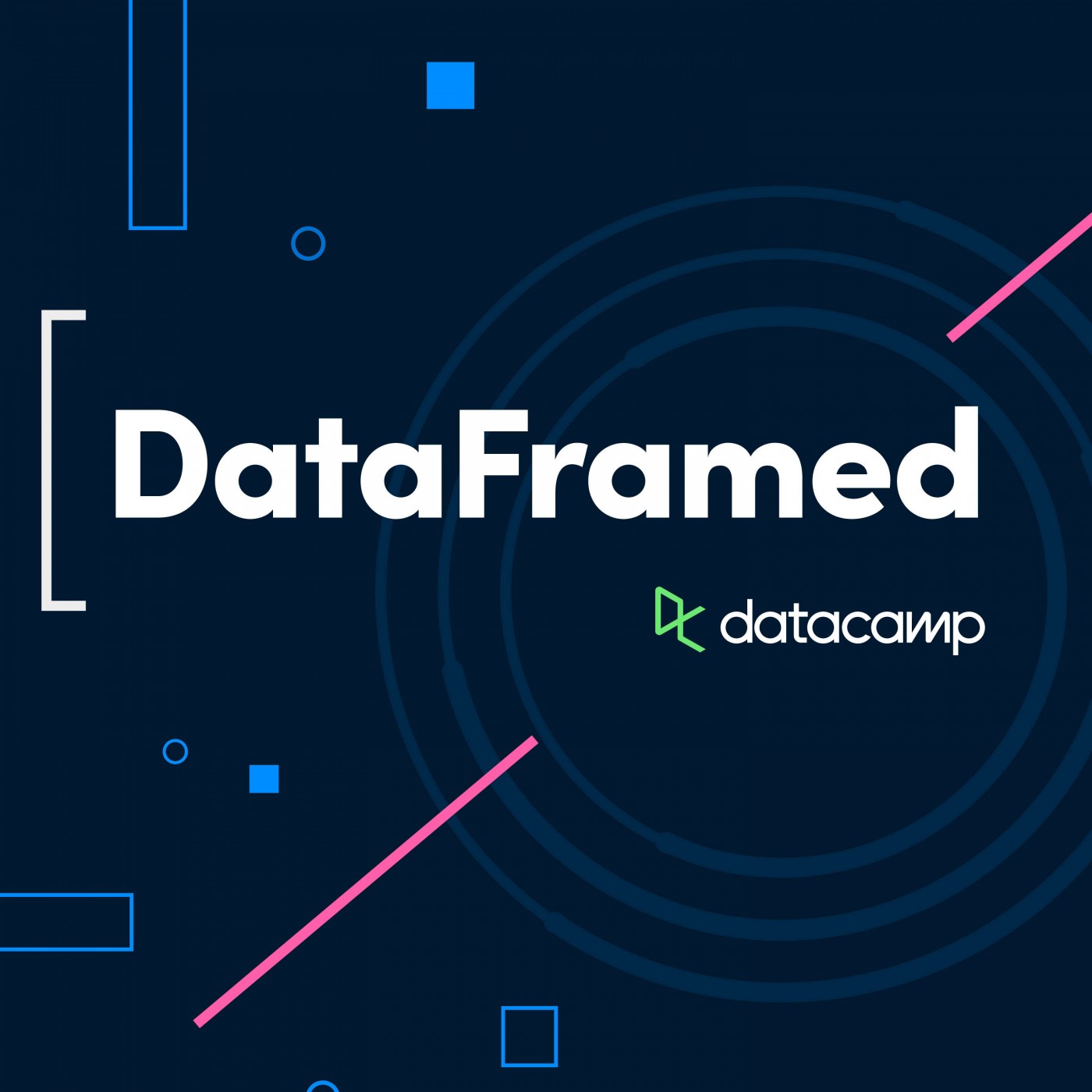
#234 High Performance Generative AI Applications with Ram Sriharsha, CTO at Pinecone

DataFramed
Shownotes Transcript
Perhaps the biggest complaint about generative AI is hallucination. If the text you want to generate involves facts, for example, a chatbot that answers questions, then hallucination is a problem. The solution to this is to make use of a technique called retrieval augmented generation, where you store facts in a vector database and retrieve the most appropriate ones to send to the large language model to help it give accurate responses. So, what goes into building vector databases and how do they improve LLM performance so much?
Ram Sriharsha is currently the CTO at Pinecone. Before this role, he was the Director of Engineering at Pinecone and previously served as Vice President of Engineering at Splunk. He also worked as a Product Manager at Databricks. With a long history in the software development industry, Ram has held positions as an architect, lead product developer, and senior software engineer at various companies. Ram is also a long time contributor to Apache Spark.
In the episode, Richie and Ram explore common use-cases for vector databases, RAG in chatbots, steps to create a chatbot, static vs dynamic data, testing chatbot success, handling dynamic data, choosing language models, knowledge graphs, implementing vector databases, innovations in vector data bases, the future of LLMs and much more.
Links Mentioned in the Show:
- Pinecone)
- Webinar - Charting the Path: What the Future Holds for Generative AI)
- Course - Vector Databases for Embeddings with Pinecone)
- Related Episode: The Power of Vector Databases and Semantic Search with Elan Dekel, VP of Product at Pinecone)
- Rewatch sessions from RADAR: AI Edition)
New to DataCamp?
- Learn on the go using the DataCamp mobile app)
Empower your business with world-class data and AI skills with DataCamp for business)